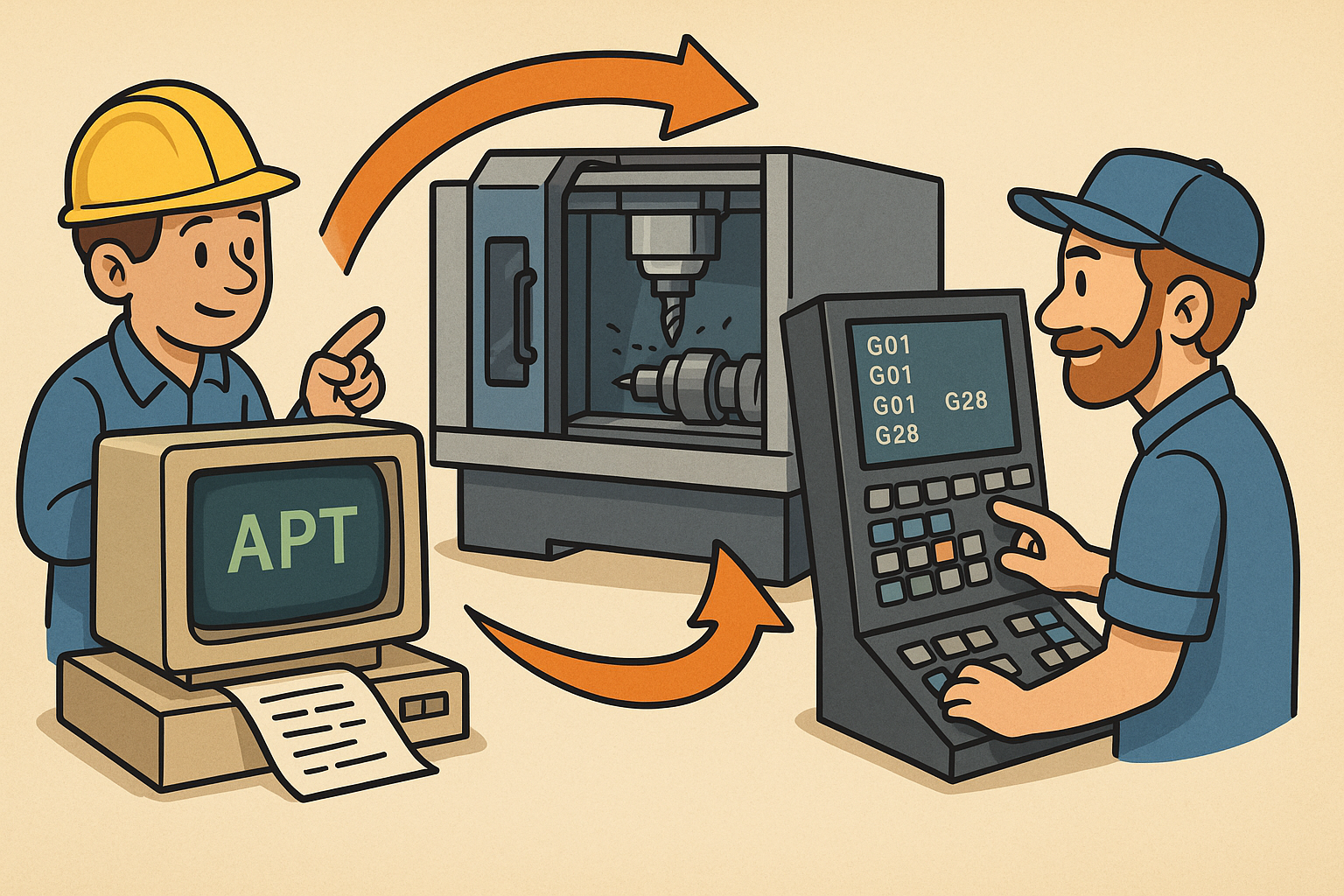Your Cart is Empty
Customer Testimonials
-
"Great customer service. The folks at Novedge were super helpful in navigating a somewhat complicated order including software upgrades and serial numbers in various stages of inactivity. They were friendly and helpful throughout the process.."
Ruben Ruckmark
"Quick & very helpful. We have been using Novedge for years and are very happy with their quick service when we need to make a purchase and excellent support resolving any issues."
Will Woodson
"Scott is the best. He reminds me about subscriptions dates, guides me in the correct direction for updates. He always responds promptly to me. He is literally the reason I continue to work with Novedge and will do so in the future."
Edward Mchugh
"Calvin Lok is “the man”. After my purchase of Sketchup 2021, he called me and provided step-by-step instructions to ease me through difficulties I was having with the setup of my new software."
Mike Borzage
Navigating the Complexity of CAD Data Management for Large-Scale Projects
May 07, 2024 2 min read


Introduction to CAD Data Management Challenges
In the realm of large-scale projects, the management of Computer-Aided Design (CAD) data is paramount. The intricate dance of controlling, sharing, and maintaining vast amounts of design data throughout the different stages of product development presents a complex challenge for organizations. Traditional CAD data management approaches often lead to common pitfalls and bottlenecks, such as data redundancy, versioning errors, and inefficient collaboration. Consequently, the significance of effective data management cannot be overstated, as it is crucial for the success and efficiency of any project.
Strategies for Effective CAD Data Management
When considering CAD data management systems, companies are typically faced with the decision between centralized and decentralized systems. Centralized systems allow for a single source of truth, streamlining access and control, while decentralized systems can provide flexibility and autonomy to individual teams. Each approach has its merits and drawbacks, and real-world case studies have shown diverse implementations based on organizational needs.
Adhering to best practices for file naming, version control, and data hierarchy is key to avoiding data management pitfalls. Furthermore, the implementation of Product Data Management (PDM) tools plays a critical role in the efficient organization and retrieval of CAD files. These tools, coupled with Product Lifecycle Management (PLM) systems, aid in tracking changes and managing workflows, ensuring that team members are always working with the most current data.
Technological Solutions and Integration
The integration of CAD software with PDM and PLM systems has become a cornerstone of modern data management. This integration enables seamless synchronization of data across various platforms, enhancing collaboration and productivity. The advent of cloud-based platforms has further revolutionized CAD data accessibility and collaboration, eliminating the constraints of geographical and hardware limitations.
Emerging technologies such as AI and machine learning are set to transform CAD data management with predictive analytics and smarter maintenance protocols. Moreover, Application Programming Interfaces (APIs) offer the possibility for custom integrations and the automation of data management tasks, allowing companies to tailor solutions to their specific requirements.
Future Trends and Challenges in CAD Data Management
The burgeoning Internet of Things (IoT) is anticipated to have a profound impact on CAD data management, as the surge of connected devices will contribute to an exponential increase in data volume and complexity. Consequently, the scalability of data management solutions is imperative to accommodate future design intricacies. Furthermore, as collaborative efforts continue to expand beyond company walls, addressing security concerns and intellectual property protection in shared environments becomes increasingly important.
Finally, the evolution of collaborative tools promises a future where global, real-time CAD data management could become a reality, breaking down barriers to innovation and accelerating the pace of product development.
Also in Design News

Rhino 3D Tip: Rhino Section — Precise Cut Profiles for Documentation and Fabrication
January 06, 2026 2 min read
Read More
Design Software History: APT to G‑Code Dialects: The Evolution and Persistence of Vendor‑Specific CNC Post‑Processing
January 06, 2026 11 min read
Read More
Real-time CFD for Design Reviews: Progressive Solvers, GPU Pipelines, and Uncertainty-Aware Collaboration
January 06, 2026 12 min read
Read MoreSubscribe
Sign up to get the latest on sales, new releases and more …


